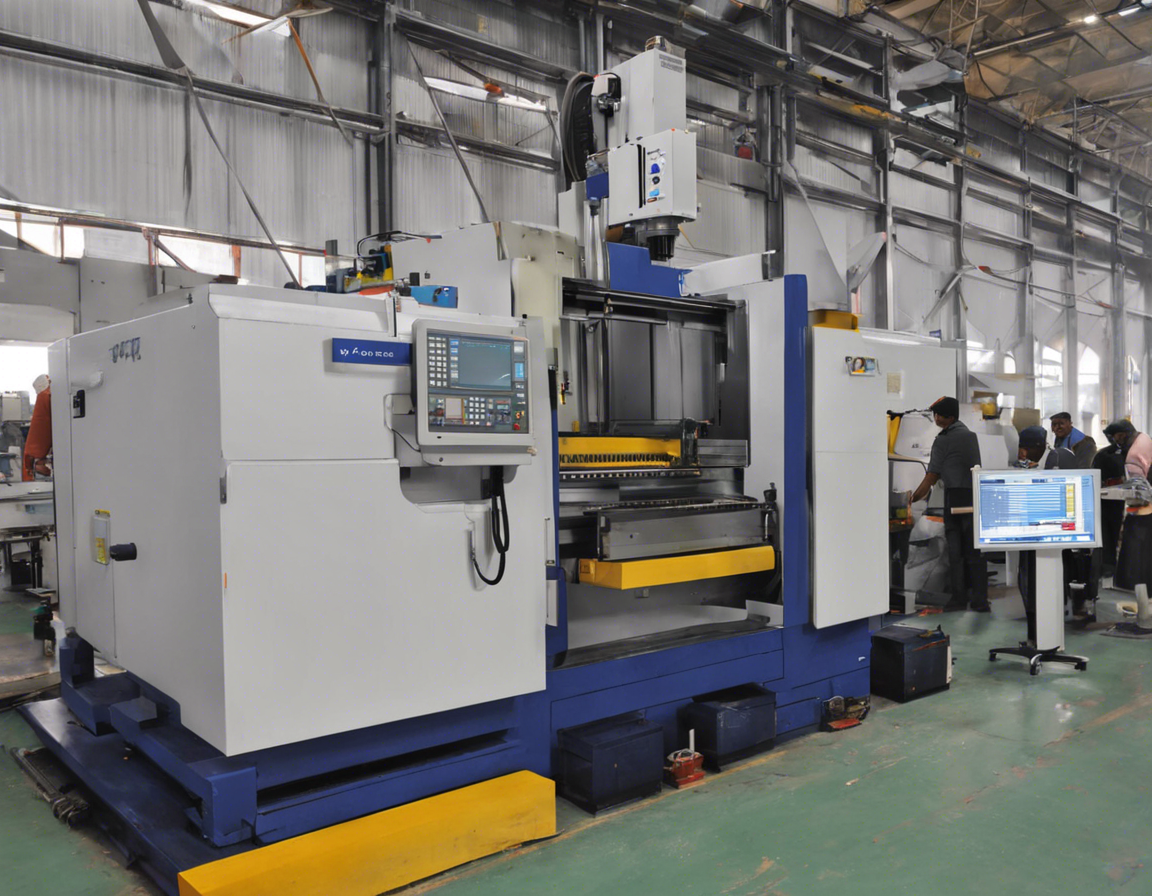In the world of finance, Initial Public Offerings (IPOs) have always been an exciting opportunity for investors to get in on the ground floor of a potentially lucrative venture. However, understanding the intricacies of IPOs can be a daunting task for many. One key aspect of IPOs that often confuses investors is the concept of Grey Market Premium (GMP). In this article, we will delve into what Grey Market Premium is, how it is calculated, and why investors pay attention to it when analyzing an IPO, with a specific focus on the recent Jyoti CNC Automation IPO.
What is Grey Market Premium?
The Grey Market refers to an unofficial market where securities are bought and sold outside the purview of the official stock exchange. Grey Market Premium (GMP) is the price at which IPO shares are being traded in this unofficial market before the official listing on the stock exchange. The GMP is essentially the premium that investors are willing to pay for shares of an IPO before they are available for trading on the stock exchange.
How is Grey Market Premium Calculated?
The Grey Market Premium is not calculated using a standardized formula or method. It is derived from the demand and supply dynamics of the market where unofficial trading takes place. Brokers and dealers in the grey market assess factors such as the company’s fundamentals, market sentiment, and overall demand for the IPO to arrive at a GMP for a particular IPO.
Why is Grey Market Premium Important?
Investors closely monitor Grey Market Premium as it can provide insights into the potential listing price of the IPO when it debuts on the stock exchange. A high GMP suggests strong demand for the IPO shares, indicating that investors are willing to pay a premium for them. On the other hand, a low or negative GMP may signal lukewarm interest in the IPO, which could impact its performance once it goes public.
Jyoti CNC Automation IPO: Grey Market Premium Analysis
Let’s look at the case of the Jyoti CNC Automation IPO to understand how Grey Market Premium can impact investor sentiment. Suppose the IPO shares of Jyoti CNC Automation are being traded in the Grey Market at a premium of 20%. This means that investors are willing to pay 20% more for the IPO shares than the offering price set by the company. Such a high Grey Market Premium might indicate strong demand for Jyoti CNC Automation shares and could lead to a higher listing price on the stock exchange.
On the other hand, if the Grey Market Premium for Jyoti CNC Automation IPO is negligible or negative, it could suggest weak demand and a likelihood of the stock debuting below its offer price. Investors who closely follow the GMP for the Jyoti CNC Automation IPO can use this information to make informed decisions about whether to subscribe to the IPO or wait for a more favorable entry point post-listing.
Key Takeaways
- Grey Market Premium is the price at which IPO shares are traded in the unofficial Grey Market before the official listing on the stock exchange.
- GMP is not calculated using a standardized formula and is based on demand and supply dynamics in the Grey Market.
- Investors pay attention to GMP as it can provide insights into the potential listing price and demand for an IPO.
- For the Jyoti CNC Automation IPO, monitoring the Grey Market Premium can help investors gauge market sentiment and make informed decisions about participating in the IPO.
Frequently Asked Questions (FAQs)
1. What factors contribute to the Grey Market Premium of an IPO?
The Grey Market Premium of an IPO is influenced by factors such as the company’s financial performance, industry outlook, market sentiment, and overall demand for the IPO shares.
2. How can investors access information about Grey Market Premium?
Information about Grey Market Premium is typically available through unofficial channels, including local brokers, online forums, and social media platforms where unofficial trading discussions take place.
3. Can Grey Market Premium predict the performance of an IPO post-listing?
While a high Grey Market Premium may indicate strong demand for an IPO, it does not guarantee its performance post-listing. Market conditions and company-specific factors can also influence the stock’s performance.
4. Is investing based on Grey Market Premium recommended?
Investing based solely on Grey Market Premium is not advisable as it is an unofficial market indicator. Investors should conduct thorough due diligence and consider various factors before making investment decisions.
5. How does Grey Market Premium differ from the listing price of an IPO?
Grey Market Premium represents the premium at which IPO shares are traded before listing on the stock exchange, while the listing price is the price at which the shares are officially available for trading on the exchange.
In conclusion, understanding the concept of Grey Market Premium can empower investors to make informed decisions when participating in IPOs. By monitoring GMP, investors can gauge market sentiment, assess demand for IPO shares, and potentially identify opportunities for value creation in the stock market.



